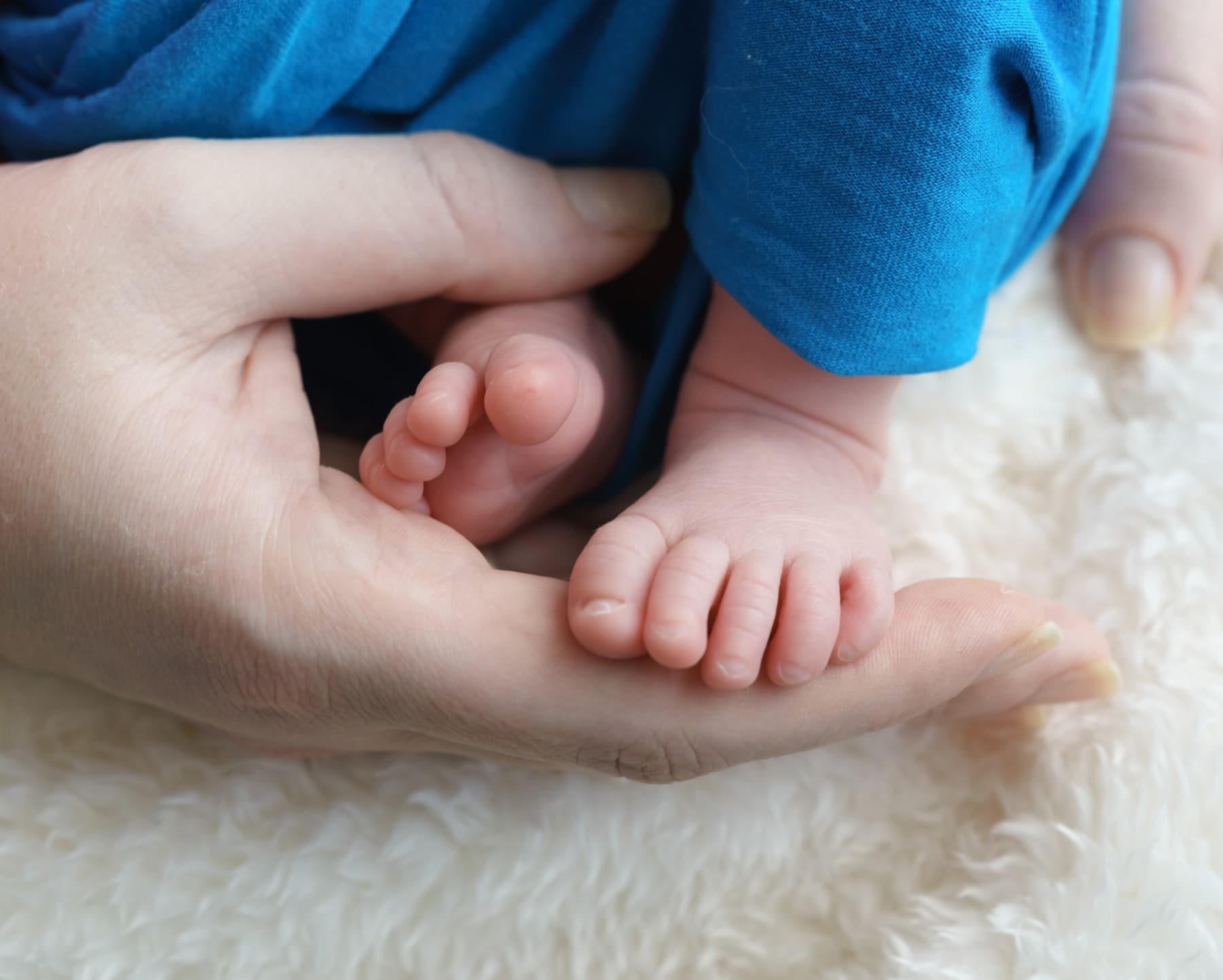Treatment and Management of Foot Deformities
Our feet are complex organic structures, with more than 150 parts working in tandem to bear our weight and make us move. But when a foot condition or abnormality affects this system, the result is often significant problems with comfort and mobility.
Foot deformities are often visually noticeable, but do not always have to be obvious. Whenever one is identified, however, it should always be addressed as soon as possible. The sooner treatment can begin, the more effective (and faster-acting) it tends to be, and the fewer complications there may be in the future.
But even if you have lived with a bunion, hammertoes, or other kind of foot deformity for years, there is still a lot that can be done to improve your comfort! Never hesitate to contact us for an appointment and consultation.
What Causes Foot Deformities?
A foot deformity often develops from an imbalance in the structure of the foot. This, in turn, causes weight and other forces to be applied improperly, leading to pain, discomfort, and a progressively worse shifting of the foot out of proper alignment.
While this imbalance can sometimes be the result of past trauma or conditions such as arthritis, it can often be the result of genetics as well. The propensity for problems such as bunions and hammertoes can simply run in the family.
It’s a good idea to take a look at your parents and grandparents. If many of them have had foot deformities, the chances are significant that you will too. Be sure to inform us of your family history, even if you don’t currently see any symptoms.
Common Problems We Treat
Foot deformities can affect patients of all ages. Here are a few of the more common conditions we see, but we are always happy to consult with you regarding any concerns you or a loved one may have.
Bunions
A bunion is a bony protrusion that forms at the base of the big toe, accompanied by the gradual shifting of the toe in toward its neighboring digits. This is caused by an instability in the metatarsophalangeal (MTP) joint where the bunion is located.
A bunion is often the result of genetics. It is not caused by ill-fitting shoes and high heels, but wearing such footwear can certainly make the condition worse.
Although not as common, bunions can also form in adolescents. It is also possible for the little toe to develop a bunion, often referred to as a “bunionette” or “tailor’s bunion.”
Hammertoes
When an imbalance occurs in the muscles, tendons, or other connective tissues within a toe, it can affect the ability of that toe to lie straight when resting.
When the middle joint of the toe has an abnormal bend to it, this is referred to as a hammertoe. You might also hear terms such as “mallet toe” and “claw toe” in reference to abnormal bends in other joints of the toes.
Such toe deformities often begin rather flexible, but the affected joints become more rigid and difficult to treat over time.
Flat Feet
Someone has “flat feet” when the arches along the insides of their feet are flattened. As a result, most or all of the sole of the foot touches the floor while standing.
Many people with flat feet simply never developed arches at all during childhood, but others can experience a collapse of their arches as an adult.
Flat feet often do not cause any pain or other symptoms. Treatment is rarely needed in these cases. It is only when flat feet are causing trouble that any action typically needs to be taken.
Clubfoot
Clubfoot is a birth defect in which one or both feet of a newborn are twisted out of proper alignment. In many cases, the child’s tendons are shorter than normal, and the calf muscles may be underdeveloped.
Clubfoot will almost never cause a newborn any pain. However, pediatric treatment should begin as soon as possible to correct the condition and ensure the child will be able to walk normally and comfortably in the future.
Treatment for Foot Deformities
The way that we recommend addressing foot deformities will vary widely depending upon the condition, its severity, and multiple other factors. Digital x-rays may be taken in house to help determine the severity of the condition.
In many cases, especially when addressed early, conservative treatments can be enough to effectively manage symptoms and either greatly slow or completely stop progression of the deformity. Parts of a conservative plan might include:
- Changes to footwear and activities
- Stretches and exercises to condition joints and supporting elements
- The use of braces, night splints, and other equipment at certain times
- The use of custom orthotics
Surgery may be considered when a case is severe enough that conservative treatments no longer or may not yield the results we need.
Again, the type of surgical procedure recommended will vary depending on the situation. What doesn’t change, however, is our commitment to discussing all of your options with you and answering all of your questions. We want to ensure that you can make an informed and confident decision on how to proceed with your care.
Don’t Delay in Receiving the Care You Need!
The worst thing you can do for a foot deformity is wait for it to get worse before treatment. The earlier you get the help you need, the better! We want to help you live your best active life.
Call us at (480) 962-4281 to schedule an appointment or consultation. We will be happy to see you.

